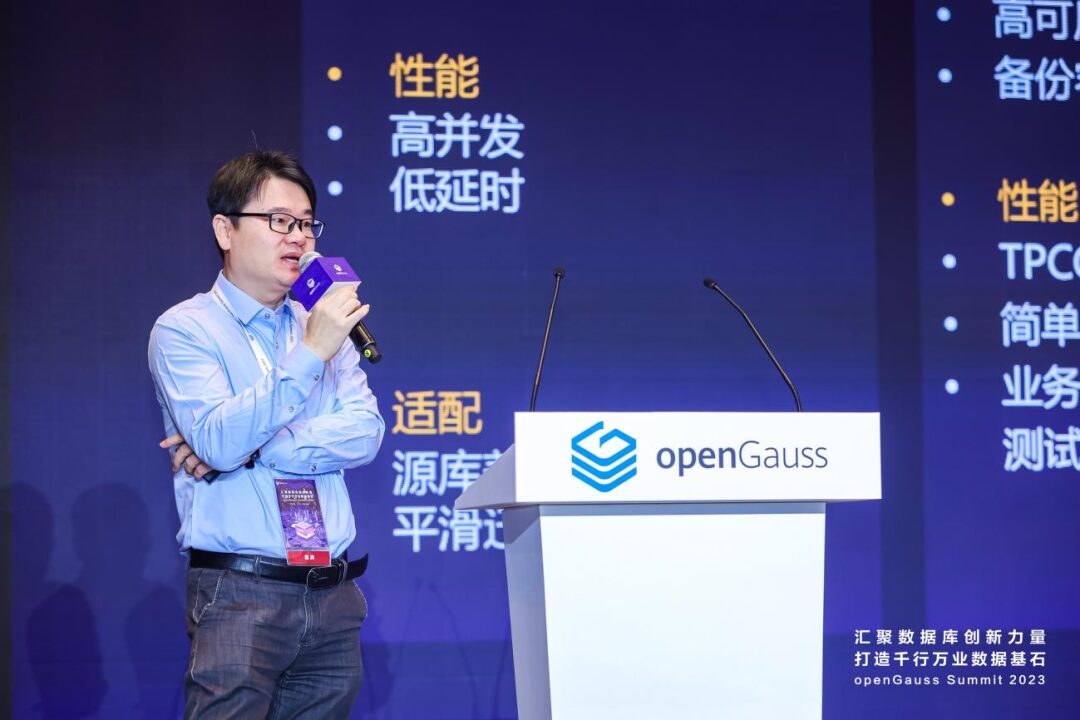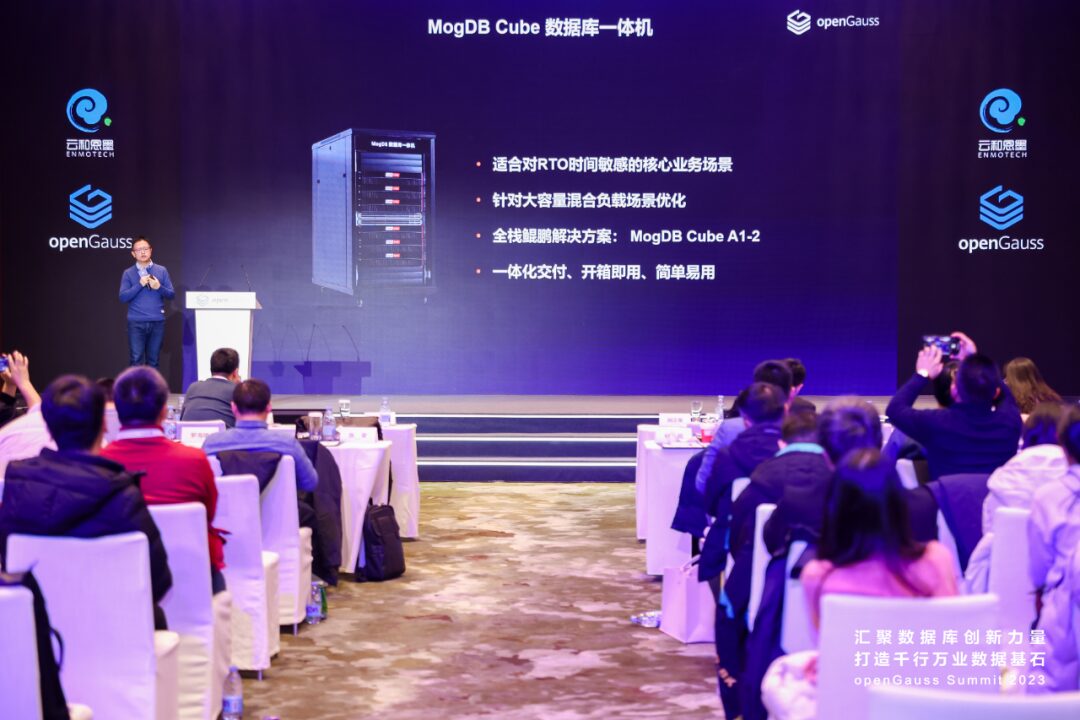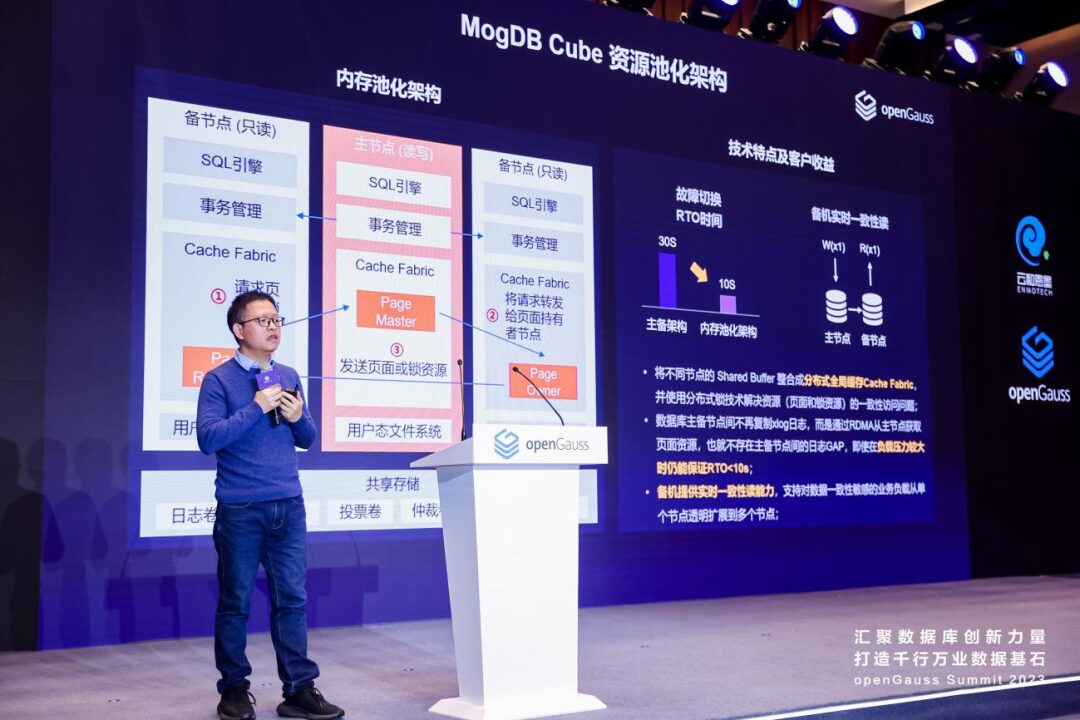The database, which occupies a core position in IT architecture, is an important hub connecting upper-layer applications and underlying resources, akin to the “memory system” of a person, used for storing and retrieving data. Its importance is self-evident. It can be said that the database is one of the three cores in the modern information technology field, alongside chips and operating systems, and is the “crown jewel” of foundational software, while also serving as an important guarantee for the secure and stable operation of information systems.
In recent years, domestic databases have shown a trend of accelerated growth. Taking the openGauss series of databases as an example, Frost & Sullivan’s “Key Industry Database Application Research Report” indicates that in 2023, the market share of offline centralized openGauss databases in China’s database market reached 21.9%, and it has been widely applied in ten key industries including finance, government, and telecommunications. Among them, the MogDB database launched by Yunhe Enmo based on the openGauss kernel is continuously evolving while maintaining commercial deployment in industries such as finance.


